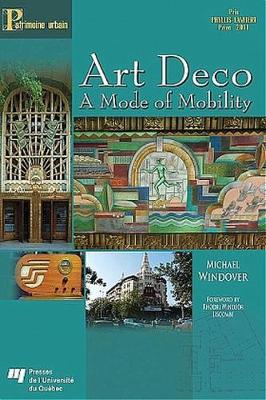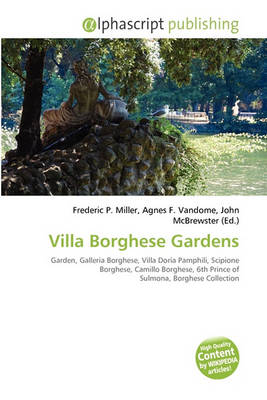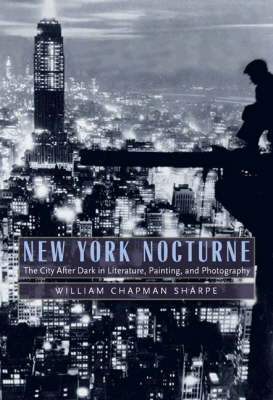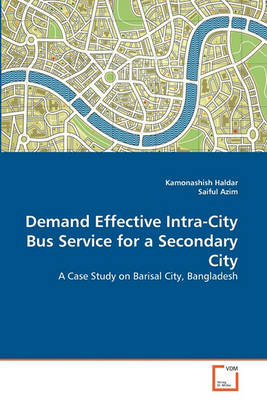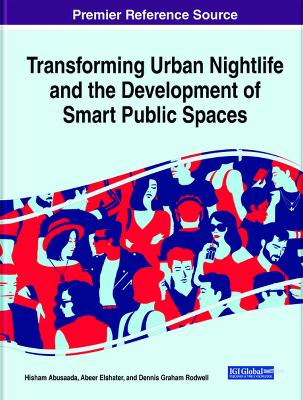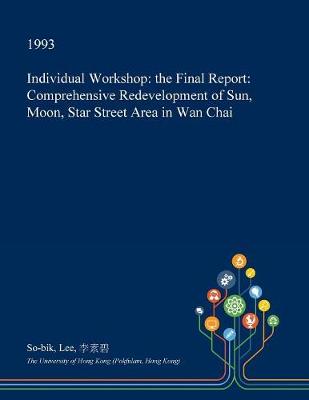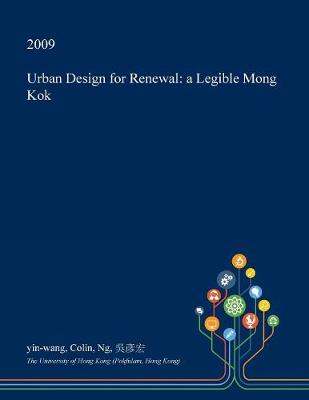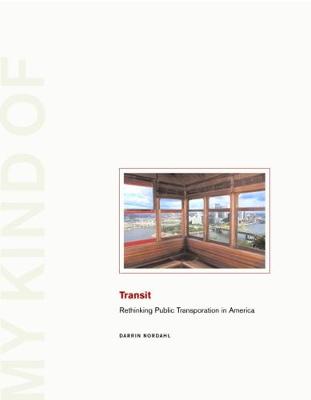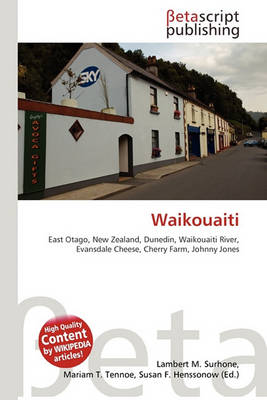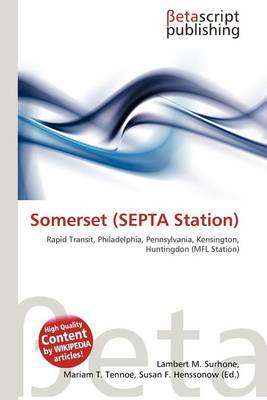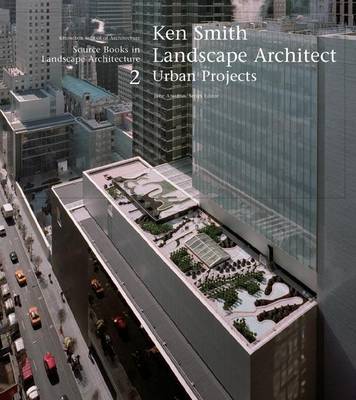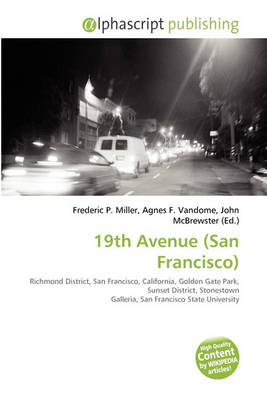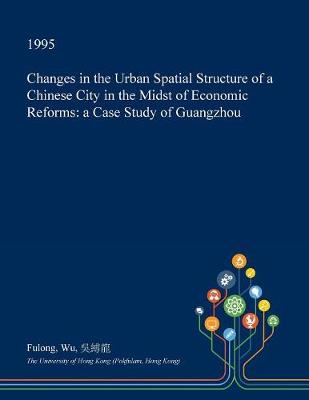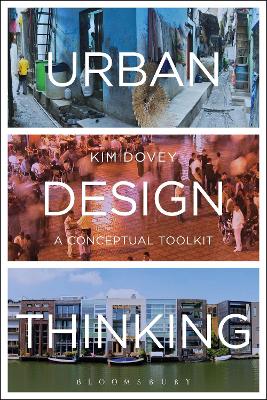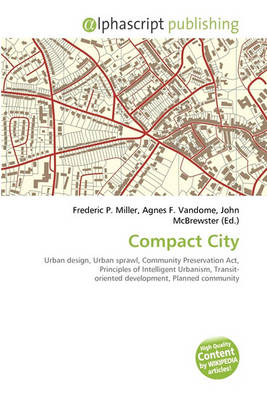This book argues that mobility is the central theme of the interwar mode of design known today as Art Deco. It is present on the very surfaces of Art Deco objects and architecture in iconography and general formal qualities (whether the zigzag rectilinear forms popular in the 1920s or curvilinear streamlining of the 1930s). By focussing on mobility as a means of tying the seemingly disparate qualities of Art Deco together, Michael Windover shows how the surface-level expressions correspond as...
Dual City, Gated City, Divided City. Marginalisierung und globale Entwicklungstrends in Santiago de Chile
by Martin Eder
International Planning: (RTPI Library)
This challenging introductory text explains how different countries worldwide go about planning and regulating land and development, outlining structures and practice of planning across the countries from Europe, North American, Asia and Australasia. International Planning concentrates on two complementary aspects of planning: an introductory overview for students and practitioners of spatial planning of the planning systems and institutional arrangements found in each country covered a critiqu...
As early as the 1850s, gaslight tempted New Yorkers out into a burgeoning nightlife filled with shopping, dining, and dancing. Electricity later turned the city at night into an even more stunning spectacle of brilliantly lit streets and glittering skyscrapers. The advent of artificial lighting revolutionized the urban night, creating not only new forms of life and leisure, but also new ways of perceiving the nocturnal experience. New York Nocturne is the first book to examine how the art of the...
Demand Effective Intra-City Bus Service for a Secondary City
by Kamonashish Haldar and Saiful Azim
Public places are places where all citizens, irrespective of their race, age, religion, or class level (social or economic), cannot be excluded. It serves to improve the lifestyle experience of its inhabitants, as well as promote social connections. All citizens are responsible for it and are interested in it, and the intervention for change must be the responsibility of all without exception. As such, bottom-up urban planning is essential for urban environments and for transforming nightlife...
In America's car-dominated landscape, public transit has long played second fiddle, but rising gasoline prices and the global warming crisis point to a need for alternative means of transportation. Darrin Nordahl sets the stage for these efforts by proposing that the experience of public transit and the quality of the ride are pivotal to its success."My Kind of Transit" explores America's most beloved transit systems and how they work. From San Francisco's cable cars to Pittsburgh's funiculars t...
Globale Tragfahigkeit - Die Entwicklung der Weltbevoelkerung
by Patrick Schickedanz
Changes in the Urban Spatial Structure of a Chinese City in the Midst of Economic Reforms
by Fulong Wu
Urban Design Thinking provides a conceptual toolkit for urban design. Bridging the gap between theory and practice, it shows how the design of our cities and urban spaces can be interpreted and informed through contemporary theories of urbanism, architecture and spatial analysis. Relating abstract ideas to real-world examples, and taking assemblage thinking as its critical framework, the book introduces an array of key theoretical principles and demonstrates how theory is central to urban desi...
